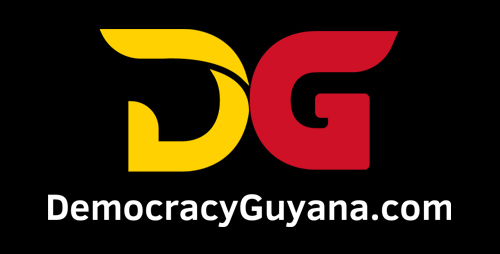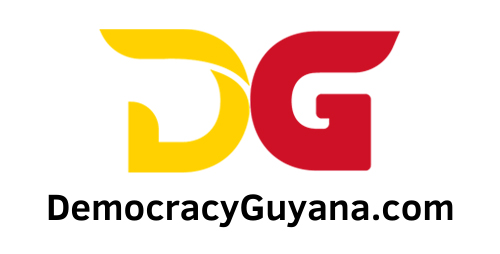Director of Spherex Professional Services, Joel Bhagwandin, believes there is nothing unusual about the US$135 million injected into the economy by the government to address gaps in the foreign exchange market.
The financial analyst explained that the amount, relative to the size of the economy, is quite appropriate—especially since Guyana has been able to purchase more foreign currency than it has released into the market over the years.
Bhagwandin was addressing public concerns about the injection potentially eroding the Central Bank’s forex reserves and causing a depreciation of the domestic currency due to poor tariff management amidst the ongoing global trade war.
However, Bhagwandin stressed that no empirical evidence has been presented to support these claims. He noted that the Bank of Guyana’s (BoG) foreign exchange interventions are standard operations aligned with its monetary policy objectives of maintaining price and exchange rate stability. Moreover, the BoG has purchased more foreign exchange than it has sold.
“Over the last ten years, from 2014 to 2024, the Bank of Guyana has mopped up more excess forex from the market—US$1 billion—than it has injected—US$0.7 billion. These forex interventions, particularly the sales and net sales/purchases positions by the bank over the review period, accounted for less than or equal to one per cent of the Gross Domestic Product (GDP). From this standpoint, the recent injection of US$135 million into the market is not an unusually significant sum that should give rise to concern,” Bhagwandin suggested.
He added that, conversely, the Central Bank recorded purchases from the market in 2018, 2020, and 2021, which accounted for less than or equal to five per cent of GDP.
Additionally, the analyst pointed out that the exchange rate against the US dollar remained relatively stable during the review period (2014–2025), fluctuating within an acceptable, flexible bandwidth of plus or minus four per cent—while some countries operate with even wider bandwidths.
“Notably, according to the International Monetary Fund’s database, there are countries with flexible monetary policy frameworks whose exchange rate bandwidths are as wide as plus or minus seven per cent to plus or minus 12 per cent,” Bhagwandin highlighted.
He concluded, however, that the Total Net Foreign Sector Assets and Reserves exceed the minimum threshold of three months’ import cover, having increased from US$916 million in 2019 to US$4.6 billion at the end of 2024, and US$4.7 billion as of the end of February 2025.
Regarding tariffs, Bhagwandin referenced the United States’ 90-day pause, during which a universal 10 per cent baseline tariff is applied to all countries trading with the US. He maintained that tariff management cannot currently be blamed for any depreciation or appreciation of the local currency.





